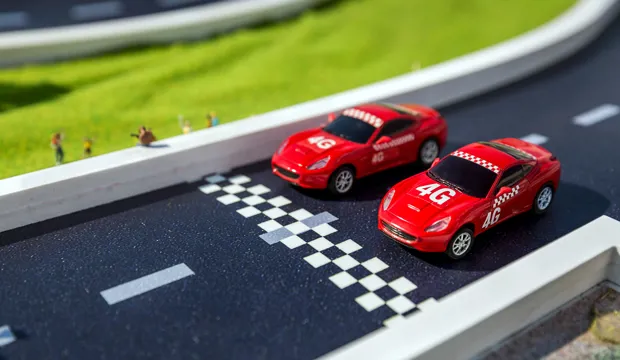
Rubber band helicopter
Build a working rubber band powered helicopter in this free activity.
In this fun design and technology project for KS2, students will build a working rubber band helicopter. They will learn about simple mechanisms, such as the rubber band linkage, and how to wind up the rubber band to create stored energy. This energy will be used to power the helicopter's blades, which will allow it to fly.
This activity can be used as a main lesson activity to teach learners about the factors that affect flight, such as lift, thrust, and drag. It can also be used to develop practical skills in design and technology, introduce simple mechanisms, or start a discussion on different forms of energy.
Activity: Make a rubber band helicopter
This activity is one of a set of free STEM resources designed to help learners use seasonal themes to support the delivery of key topics in Design and Technology, Mathematics, and Science. This resource is part of a group for the Summer and can be used in school or at home. It involves making a rubber band-powered helicopter and carrying out flight tests.
This activity introduces the concept of flight, simple mechanisms, and energy by making a rubber band-powered helicopter. It is a challenging activity requiring manual dexterity and is targeted at the upper end of Key Stage 2.
How long will this activity take to complete?
This activity will take about 40-65 minutes to complete. Teachers can download the activity sheet below for a detailed lesson plan. Those completing the activity at home can download the family activity for a step-by-step guide on making a rubber band helicopter at home.
What equipment will you need?
You will need Printed activity sheets; Paperclips (30mm); 1 bead per pupil (6 to 8 mm); Sticky tape; Pliers (longnose type are best); Rubber bands; Yoghurt pot tops or other thin plastic; Small card tubes; Erasers or sticky tack; Skewers.
The engineering context
Helicopter engineers maintain and repair helicopters for a variety of clients, including the military, emergency services, transportation companies, and private individuals. They work all over the world to keep helicopters in top condition and flying safely.
Suggested learning outcomes
By the end of this activity, students will be able to understand how to use linkage to create movement, they will be able to make a helicopter powered by rubber bands, and they will be able to test fly the helicopter.
Download the free activity sheet below!
All activity sheets and supporting resources are free to download, and all the documents are fully editable so that you can tailor them to your students and your schools' needs.
The activity sheet includes teacher notes, guidance, helpful web links, and links (where appropriate) to the national curriculum in the four devolved UK nations: England, Northern Ireland, Scotland and Wales.
Please share your classroom learning highlights with us @IETeducation





